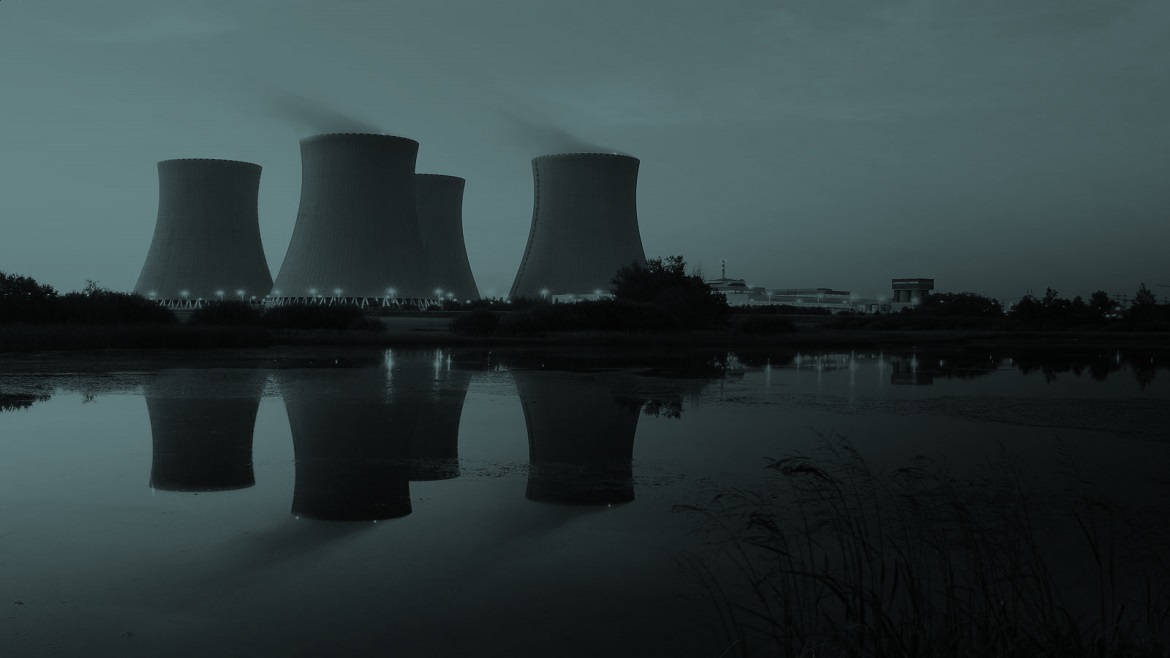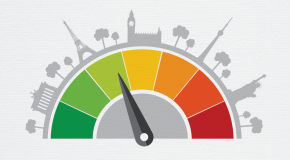The Economist Intelligence Unit: Why are businesses implementing energy-optimisation policies?
Didier Teirlinck, Ingersoll Rand: Dwindling energy resources, along with social responsibility and environmental concerns, are the main drivers of energy optimisation in business. In recent years managers of both industrial and commercial buildings (responsible for climate control in buildings, maintenance, etc.) have striven to gain a “green” image, under pressure from both their corporate tenants and suppliers. For instance, more and more global corporations now require building owners to install temperature and electricity controls, such as ones that automatically turn off the lights when no motion is detected in the room.
In the past decade, major urban areas have also optimised energy use when increased energy consumption was not an option. The borough of Manhattan in New York City is a case in point. Further introduction of physical energy infrastructure is impossible, so management companies and occupants of large buildings there must employ optimisation methods if they face greater consumption demand. For example, some buildings now freeze large amounts of water into ice at night, when electricity rates are lower, and then melt the large blocks of ice during the day while employing a fan system to blow the cool air throughout the building, using less energy when rates are higher.
How do the regulation and the optimisation of energy consumption vary across regions?
The US and most EU governments are beginning to regulate energy usage. In Asia, the Singaporean government requires that all buildings incorporate optimisation methods.
That said, industrial energy consumers have not waited for government regulation to optimise their energy consumption, as optimisation methods provide immediate and significant savings. For instance, when purchasing industrial equipment, manufacturers now look not only at its price, but also its lifecycle costs—which include the initial price, energy consumption and maintenance costs—and possibly its resale value. Also, the optimisation of temperature and lighting controls and the use of insulation in buildings can provide investment returns in as little as three years.
Globally, buildings are the largest energy consumers with a share of about 35% of global energy consumption. Energy-optimisation methods could reduce consumption by 20%-30% in the next 15 years or so.
What are the best performance metrics for monitoring the optimisation of energy consumption, both for businesses and consumers?
By far the most important performance indicator is simply the company’s electricity bill. The metrics by which energy efficiency is measured are numerous. For instance, a production plant could measure the kilowatt consumption per square meter of plant space, while a hospital could measure efficiency per patient bed.
What all energy consumers must do is carefully monitor their electricity bill. The technology now exists to enable an end user to monitor their hourly energy consumption. From there, smart meters and smart sensors can be employed to regulate usage so that, for example, air conditioning can be turned off if no one is in a given room. Much of this technology is now wireless, which eliminates the need for drilling trenches into walls and leading wires around the premises, making this investment a more attractive venture for building and factory owners.
This interview is part of a series managed by The Economist Intelligence Unit for HSBC Commercial Banking. Visit HSBC Global Connections for more insight on international business.




